Our aspens are going straight from green to brown again. Why?
susanka
12 years ago
Related Stories

DECORATING GUIDESStraight From the Runway: The Blues to Use at Home
Bring looks from Fashion Week home with navy and teal mixed with black, red and more
Full Story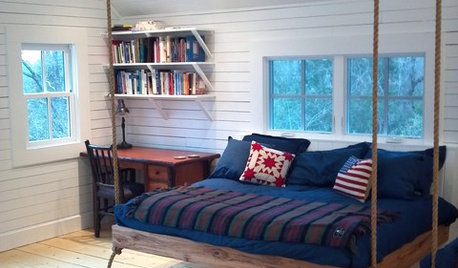
DECORATING GUIDESHemp, Hemp, Hooray! This Superplant May Be Legal Again in the USA
Hemp products are durable, sustainable, antibacterial and much more. Will the plant finally get the status it’s due in the States?
Full Story
BEFORE AND AFTERSA Boston Kitchen and Bath Go From Dreary to Darling
See how a $25,000 renovation budget gave 2 outdated spaces in a small Massachusetts apartment a brand-new look
Full Story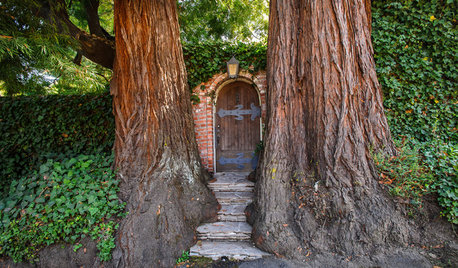
FUN HOUZZ14 Gardens Straight Out of Fairy Tales
Escape into landscapes that conjure the magical worlds of folklore and literature
Full Story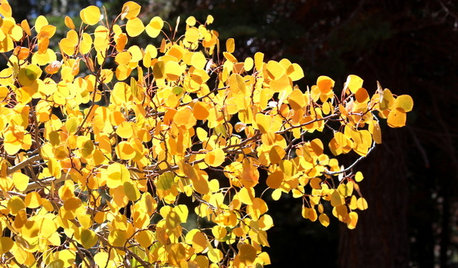
LANDSCAPE DESIGNGreat Design Plant: Quaking Aspen for 3-Season Beauty — on Its Own Turf
It offers bright fall foliage, snowy winter bark and lush green leaves in summer. Just don't try to plant quaking aspen away from its home
Full Story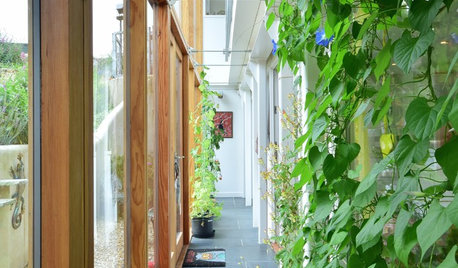
GARDENING GUIDESHealthy Home: How to Go Green With a Living Wall or Roof
See 10 ways to add this earth-friendly element to your home
Full Story
GREEN DECORATINGGo Cuckoo for Coconut Furniture and Surfaces
Crack open a lesser-known ecofriendly design option: tiles, flooring, tables and more made from coconut shell and palm wood
Full Story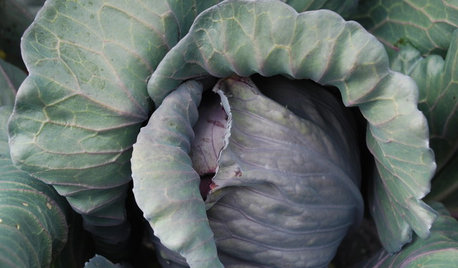
DECORATING GUIDESNature’s Color Wisdom: Lessons on Green From the Great Outdoors
Green will grow on you for interiors when you look outside for ideas on how to use it
Full Story
GARDENING AND LANDSCAPINGWorld of Design: 11 Balconies Straight Out of a Postcard
Pull up a chair and discover how people in Spain, Japan, Russia, Britain and elsewhere use and love their private lookouts
Full Story
DECORATING GUIDESKnot Again! Macrame Is Back
It's happened. A craft that typified 1970s style (the owls, the spider plants!) is back, but better
Full StoryMore Discussions






Dan _Staley (5b Sunset 2B AHS 7)
bob_in_colorado
Related Professionals
Grand Haven Landscape Architects & Landscape Designers · Milford Landscape Contractors · Stamford Landscape Contractors · Fuquay-Varina Landscape Contractors · Hilo Landscape Contractors · Homewood Landscape Contractors · Leicester Landscape Contractors · Merced Landscape Contractors · Newberg Landscape Contractors · Palatine Landscape Contractors · Paramus Landscape Contractors · Maplewood Landscape Contractors · Golden Valley Landscape Contractors · Selma Landscape Contractors · Selma Solar Energy SystemssusankaOriginal Author
mtny
Dan _Staley (5b Sunset 2B AHS 7)
mtny
susankaOriginal Author
Dan _Staley (5b Sunset 2B AHS 7)